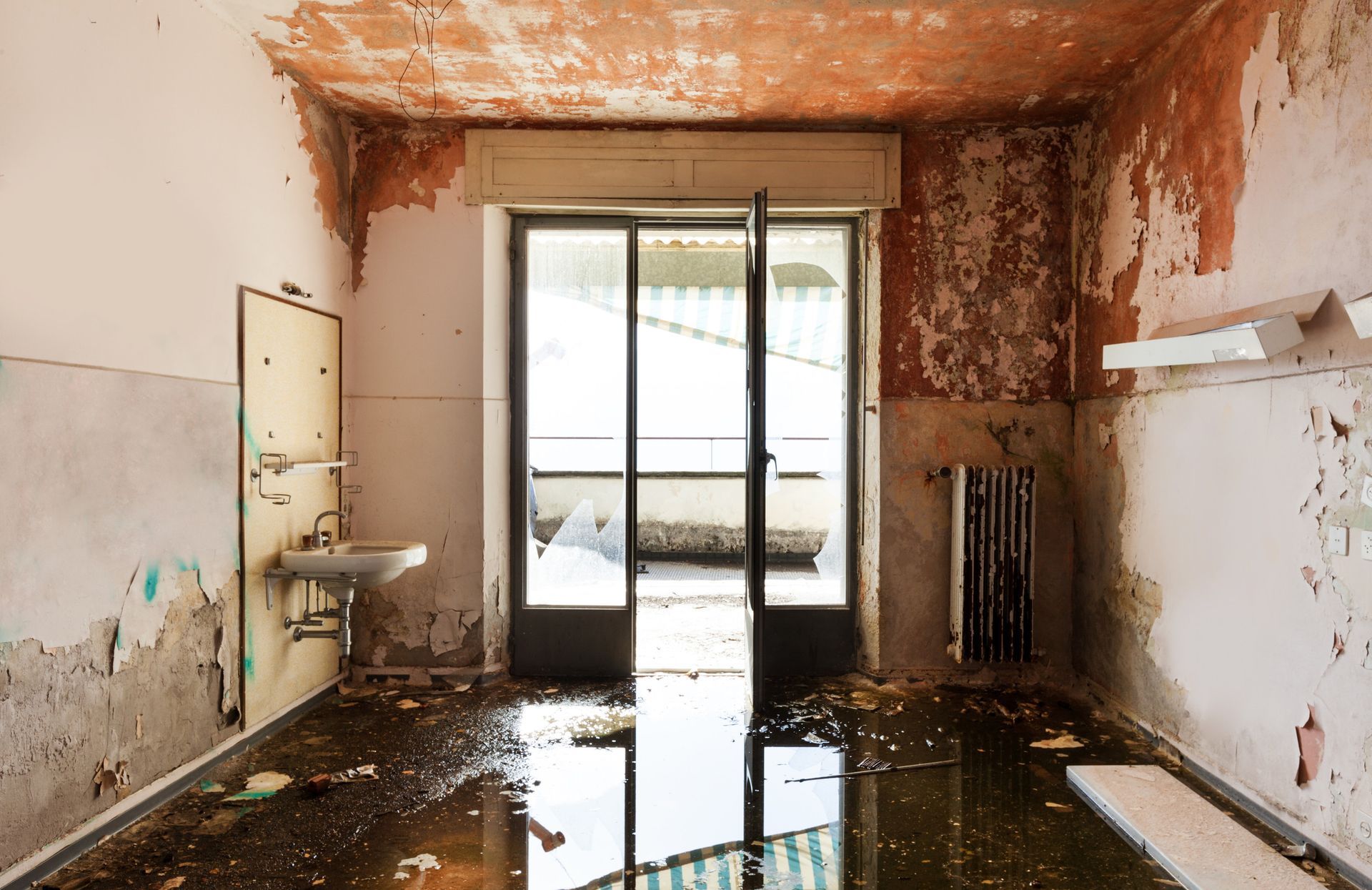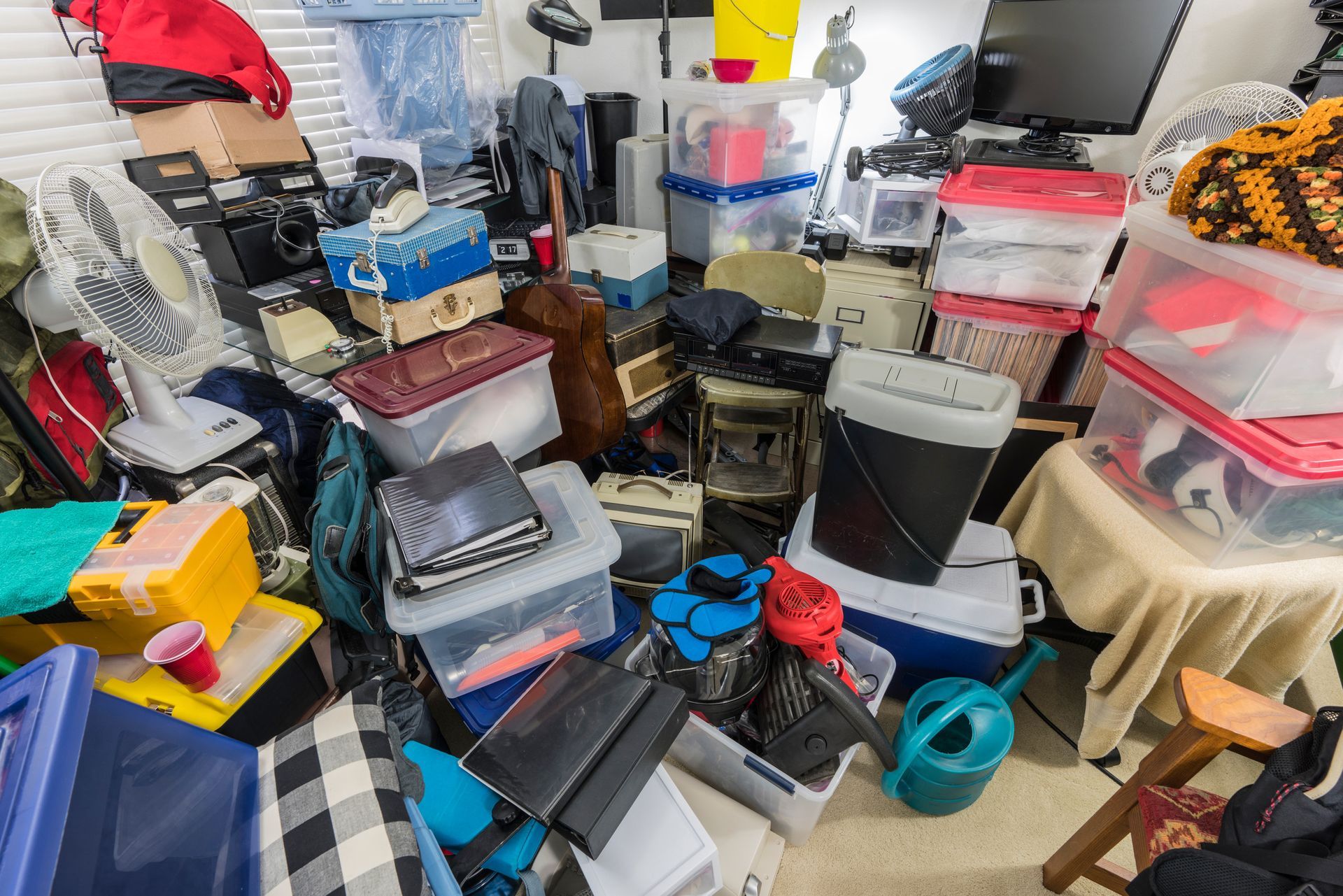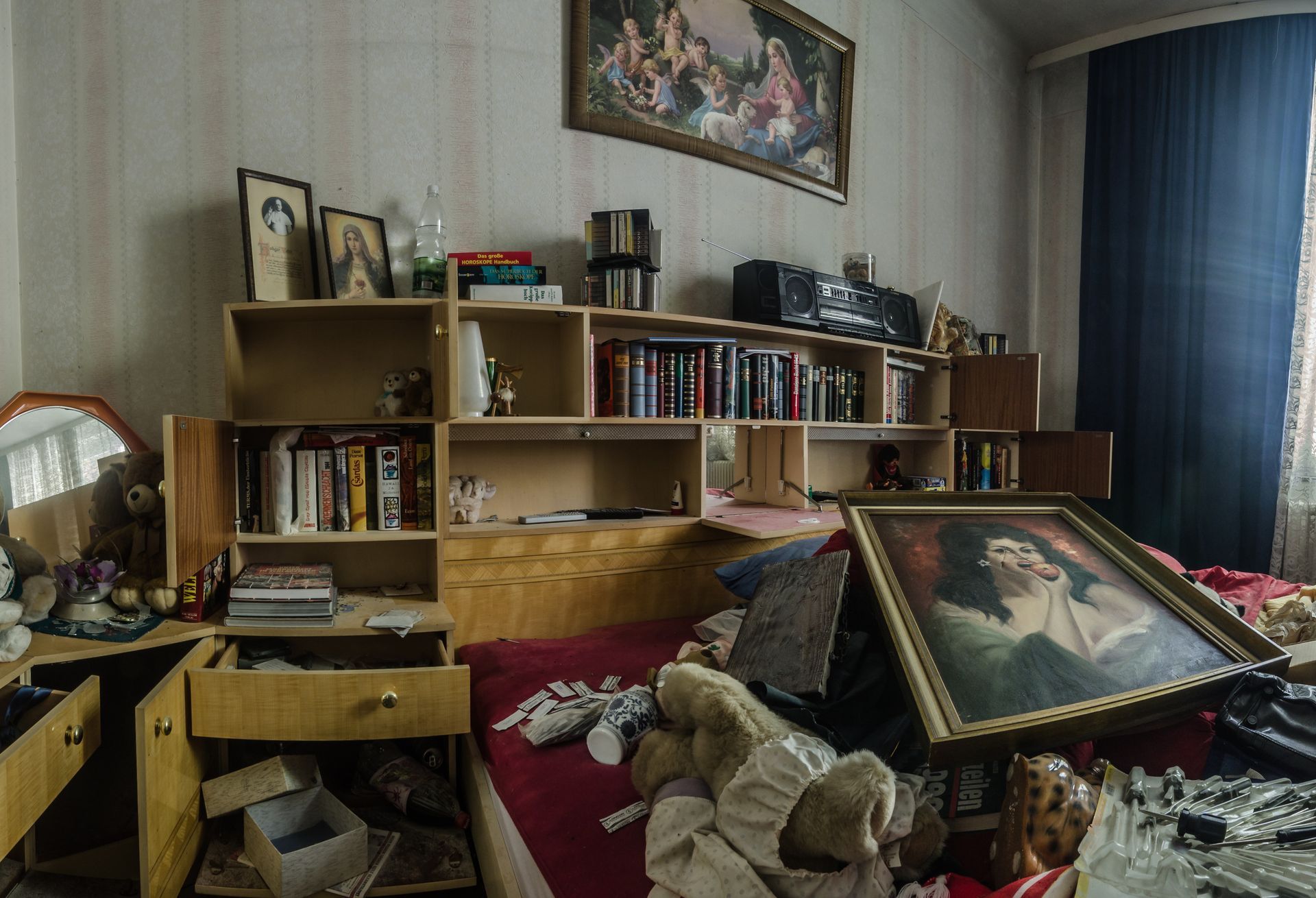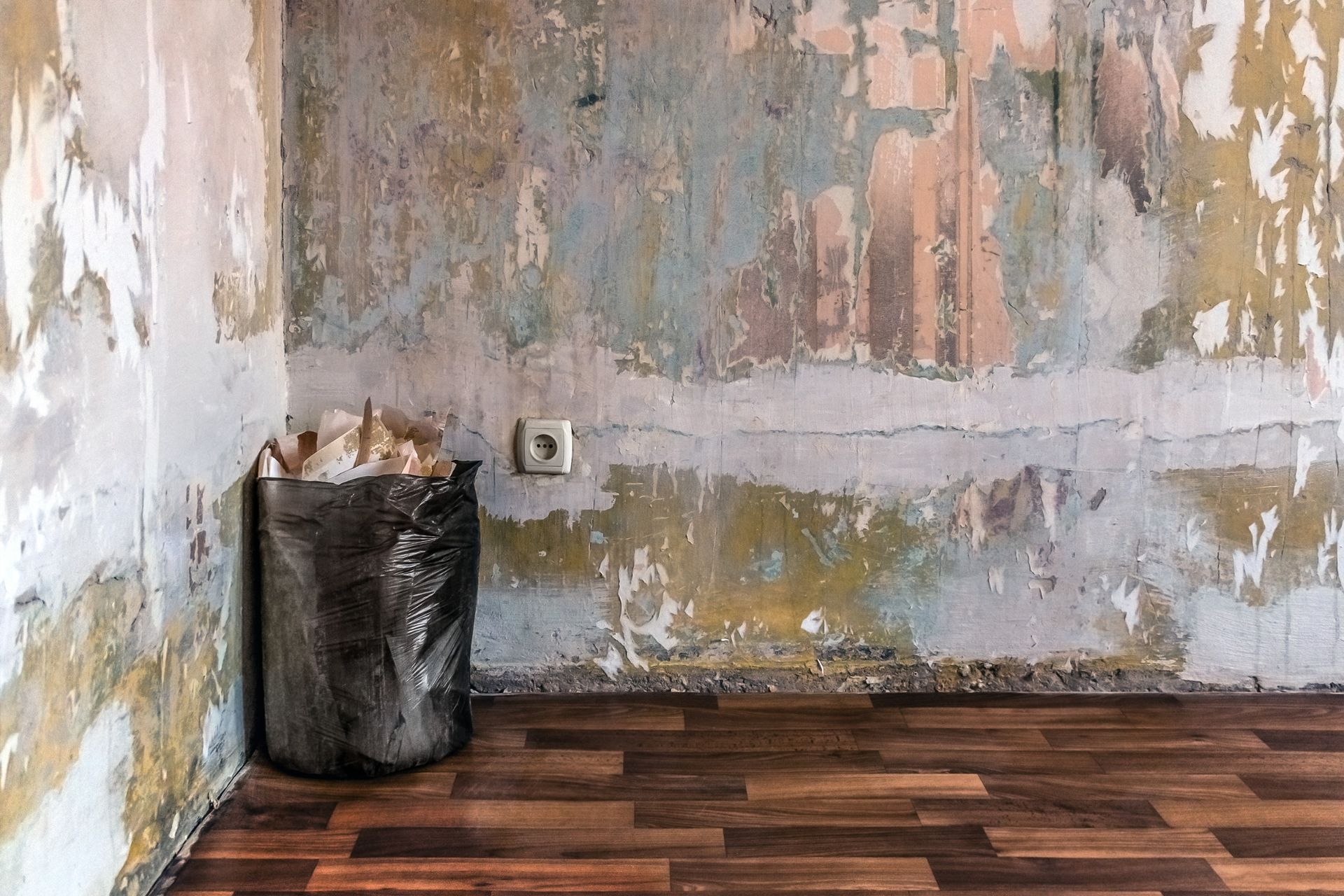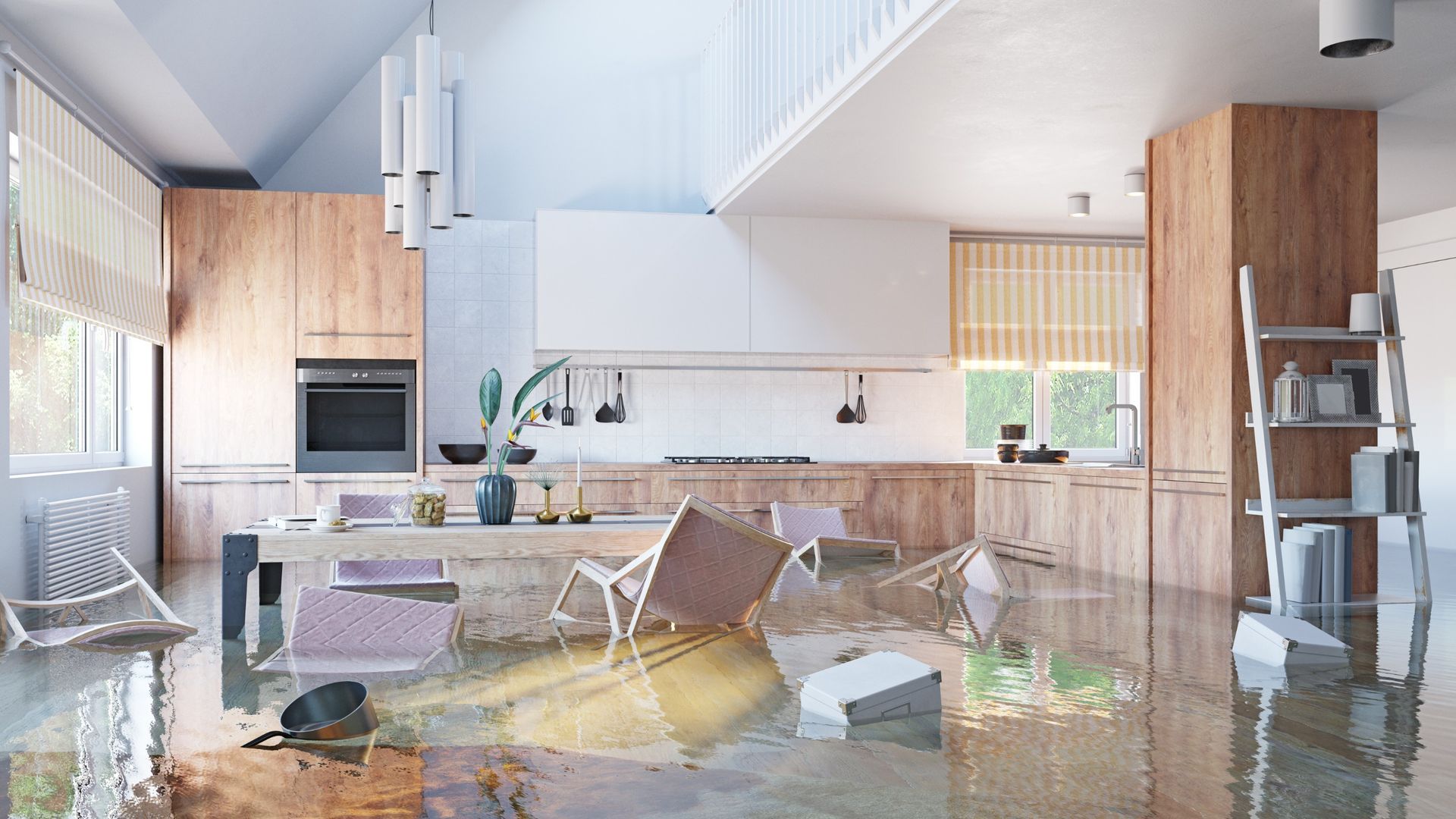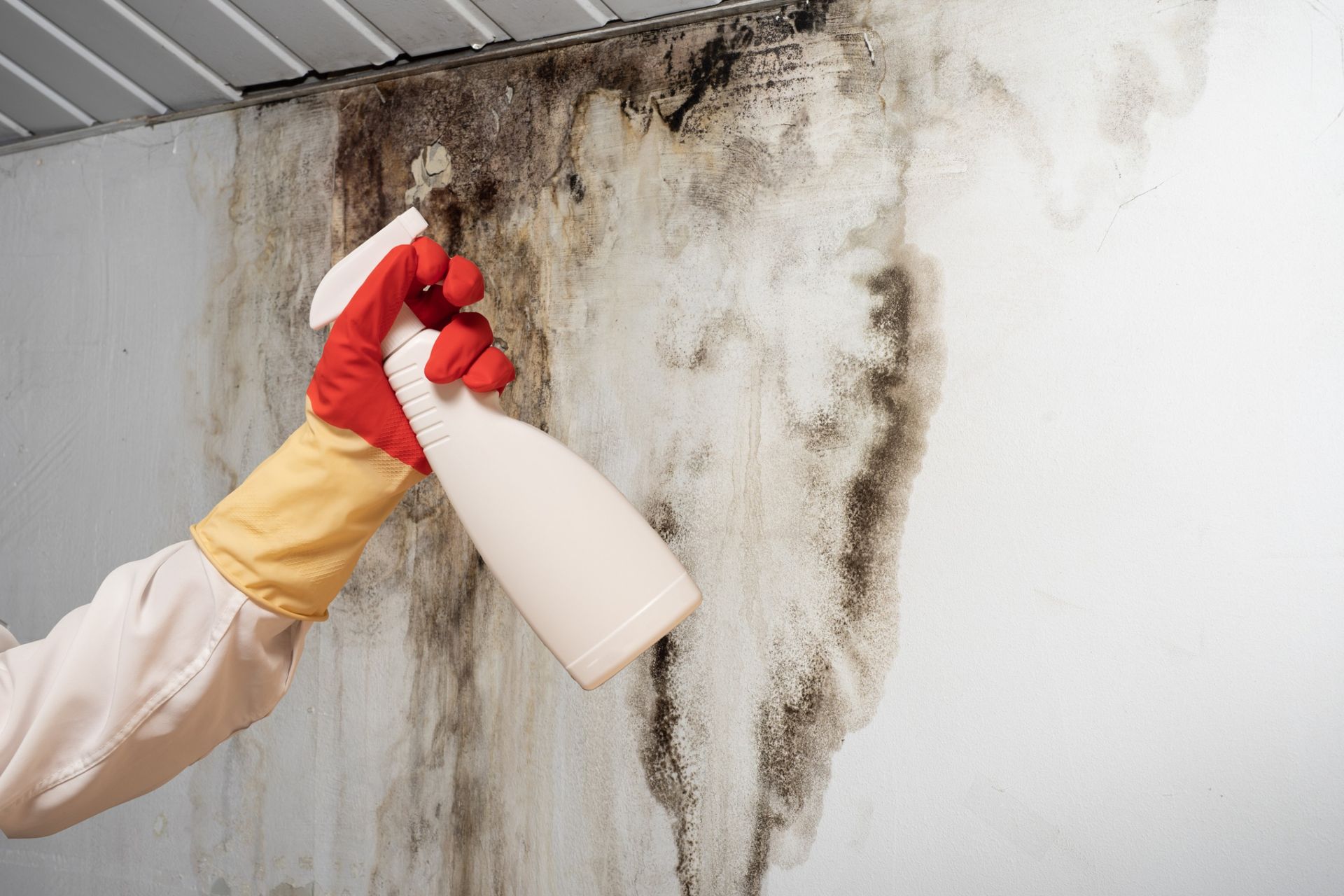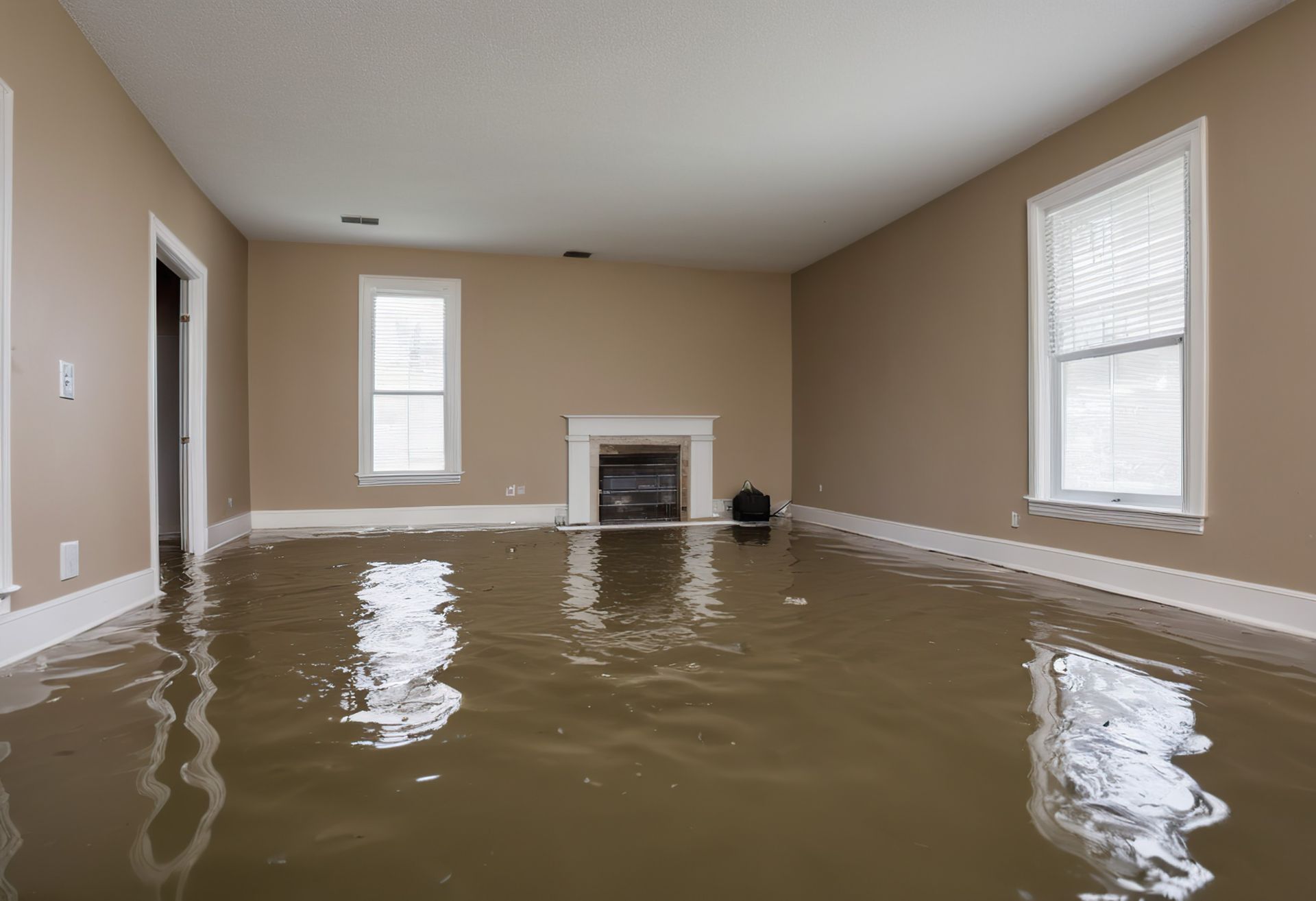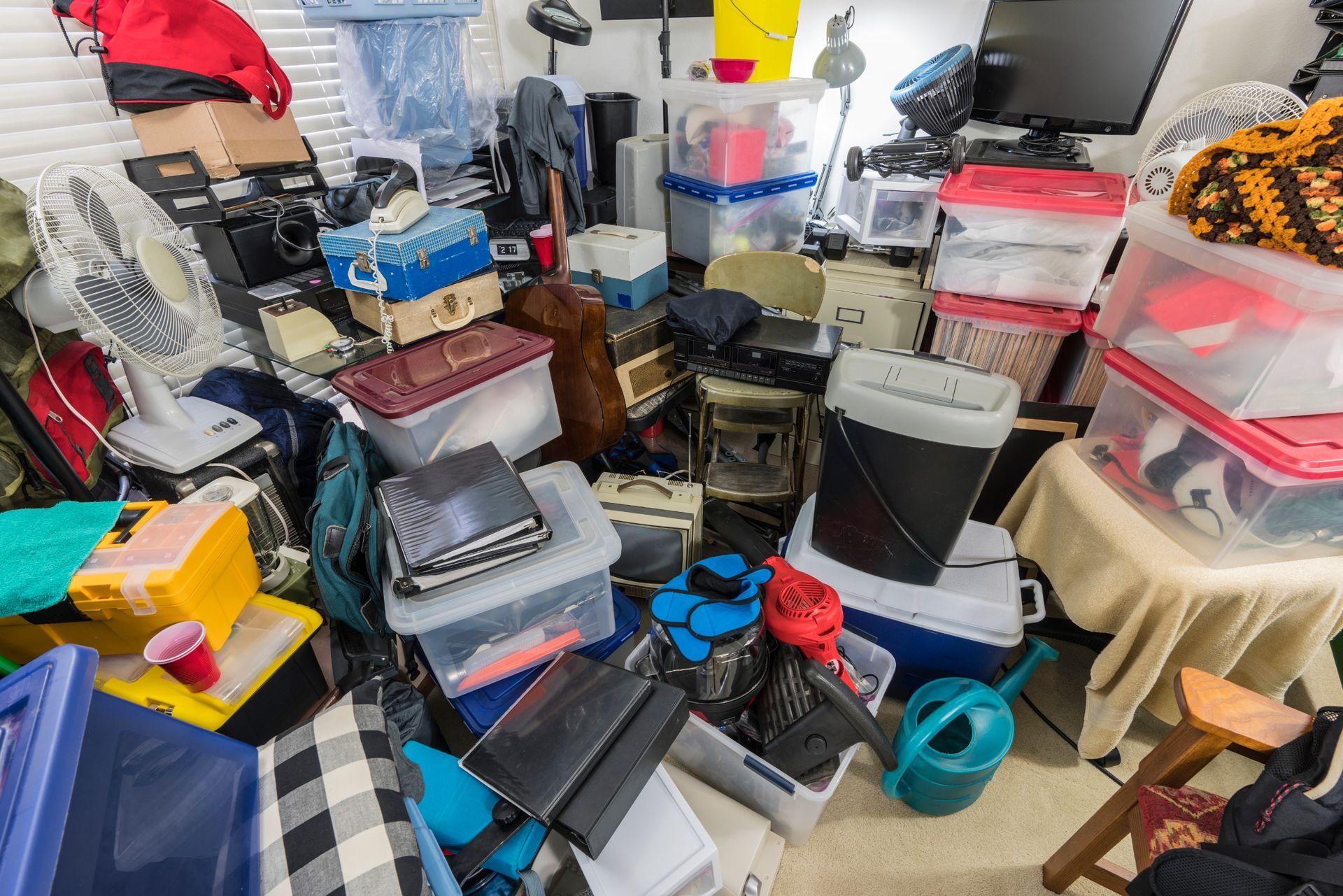After the Flames: The Critical Role of Environmental Testing in Post-Wildfire Recovery

Wildfires have long been a part of California’s landscape, but in recent years, their frequency and intensity have left communities grappling with unprecedented destruction.
The Eaton and Palisades Fires, two of the most devastating in Southern California history, provide a haunting example of this new reality. With thousands of structures scorched and countless families displaced, the road to recovery can feel daunting.
However, much of the devastation extends beyond what meets the eye. Hidden dangers lurk in the very soil, air, and water left behind by wildfires, posing serious health risks.
This is why professional environmental testing plays a vital role in post-wildfire recovery—helping homeowners and businesses rebuild with confidence.
The Eaton and Palisades Fires' Impact on Pasadena
The Eaton and Palisades Fires brought widespread destruction to the Pasadena area, fueled by relentless Santa Ana winds and an exceptionally dry year. The numbers are staggering:
- 12,000 structures were destroyed.
- Over 82,400 residents were evacuated.
- The fires left behind not just physical destruction but also environmental hazards that will take years to address.
These fires didn't just burn homes; they left a toxic cocktail of heavy metals, soot, and ash. The immediate damage was plain to see, but the long-lasting environmental impact of these fires is only beginning to surface.
Hidden Dangers Lurking After Wildfires
Post-fire landscapes may look like they’re on the mend, but remnants of the blaze can create a hazardous environment. Some of the most common contaminants left behind include:
- Asbestos: Released when older homes burn, asbestos fibers can linger in the air and cause respiratory diseases if inhaled.
- Heavy Metals: Lead and arsenic often seep into the ground and water systems, putting families and animals at risk of long-term exposure.
- Soot and Ash: These particles settle everywhere—from rooftops to garden soil—and can easily make their way into homes when disturbed.
- Volatile Organic Compounds (VOCs): These harmful chemicals can enter the air due to burned household items like plastics and chemicals, leading to poor indoor air quality.
While many of these contaminants are microscopic, their impact on health and the environment can be profound, making them impossible to ignore in recovery efforts.
How Contaminants Affect Your Health
Exposure to post-wildfire contaminants can lead to a host of health issues. Consider these risks:
- Respiratory Problems: Soot, ash, and asbestos can irritate the lungs and exacerbate conditions like asthma or bronchitis.
- Neurological Damage: Heavy metals such as lead, if ingested or inhaled, can impair brain development in children and cause nerve damage in adults.
- Skin and Eye Irritation: Direct contact with ash or VOCs can cause redness, itching, and burns.
- Long-Term Illness: Prolonged exposure to toxins like arsenic or asbestos can lead to life-threatening conditions, including cancer.
These risks highlight the urgent need to evaluate the safety of homes, businesses, and the surrounding environment after a wildfire.
The Necessity of Professional Environmental Testing
Rebuilding after a fire is about more than bricks and mortar; it means restoring safety and peace of mind. This is where professional environmental testing becomes indispensable. Here’s why:
- Identifying Hidden Threats: Environmental testing can detect contaminants in the air, soil, and water that are invisible to the naked eye.
- Comprehensive Assessments: Professionals conduct thorough inspections using advanced tools and methodologies to ensure no hazard is overlooked.
- Adhering to Safety Standards: Reliable testing services adhere to local, state, and federal regulations to ensure remediation efforts meet stringent safety standards.
- Reducing Long-Term Costs: Identifying hazards early prevents costly repairs or health issues down the line, saving homeowners and businesses money.
While the urge to start rebuilding immediately is strong, cutting corners on environmental testing could jeopardize the safety of your space and those who inhabit it.
How Environmental 911 Can Assist
At Environmental 911, we specialize in helping communities bounce back stronger and safer after devastating wildfires. Here's what sets us apart:
- State-of-the-Art Tools: From HEPA filtration systems to hydroxyl generators, our equipment ensures the air you breathe is purified and contaminants are neutralized.
- We partner with trusted testing experts: Connect with trusted testing professionals to ensure your home or office is thoroughly checked for harmful contaminants resulting from the fires.
- Safe Waste Disposal: We manage the safe removal of hazardous materials like asbestos and heavy metals while adhering to strict environmental regulations.
- Customized Containment Solutions: We isolate affected areas to prevent cross-contamination during the restoration process.
- Proven Expertise: Our technicians wear top-tier protective equipment and follow rigorous CDC and EPA guidelines to keep you and your spaces safe.
- Smoke and Soot Deodorization: Using advanced techniques, we eradicate lingering odors that fire leaves behind.
At every step, our experienced team works to ensure you, your family, or your employees are returning to a clean, safe, and healthy environment.
Rebuild with Confidence After Wildfires
After a wildfire, you have a choice—rush to rebuild or prioritize safety. Investing in professional environmental testing may delay the restoration process slightly, but it provides lasting peace of mind.
Environmental 911 is here to support you every step of the way, providing expert guidance and restoration services you can trust. If your home or business has been affected by the Eaton or Palisades Fires, don’t wait—rebuilding safely starts with knowing your space is free of hidden dangers. Reach out to us to learn more about how we can assist you in your recovery.

